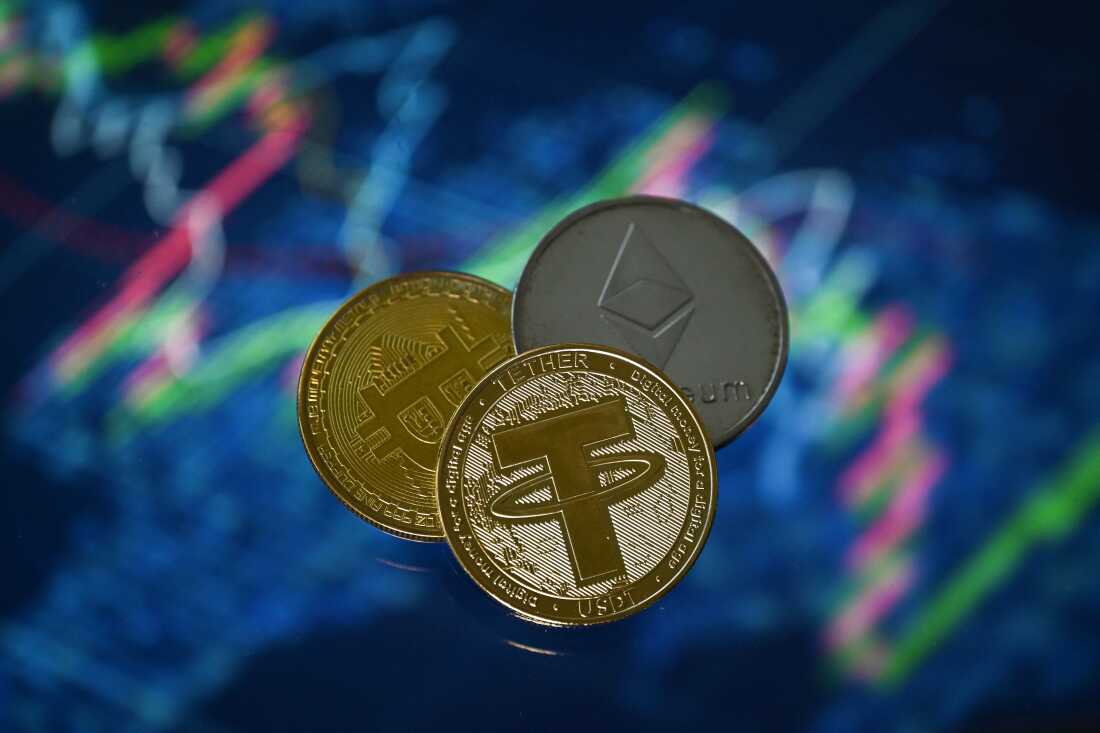Cryptocurrency: Reshaping the Global Financial Landscape
The emergence of cryptocurrency has initiated a profound transformation within the global financial system. Once a niche interest, the crypto financial world now fundamentally challenges conventional banking and monetary policies. It introduces a decentralized, transparent, and efficient alternative to traditional finance. This shift promises to reshape how we conduct transactions, access financial services, and manage wealth.
Decentralization: A Paradigm Shift
At its core, cryptocurrency offers a decentralized alternative to centralized financial institutions.
Bypassing Intermediaries
Traditional finance relies on intermediaries like banks, brokers, and payment processors. These entities facilitate transactions, verify identities, and manage risk. Cryptocurrencies, built on blockchain technology, enable peer-to-peer transactions directly between individuals. This eliminates the need for middlemen. This decentralized nature gives individuals and enterprises greater control over their financial endeavors. It also reduces exposure to systemic risks associated with single points of failure.
Enhanced Transparency and Security
Blockchain technology provides a public, immutable ledger. Every transaction is cryptographically secured and linked to previous ones. This makes records tamper-proof and nearly impossible to alter without network consensus. This inherent transparency and impregnability contribute to cryptocurrencies’ resilience. It also significantly reduces the risk of fraud and manipulation.
New Financial Products and Services
The crypto financial world has given rise to an entirely new ecosystem of innovative financial products and services, collectively known as Decentralized Finance (DeFi).
The Rise of DeFi
DeFi platforms operate on public blockchain networks. They offer a range of financial instruments without traditional intermediaries:
- Lending and Borrowing: Users can lend their crypto assets to earn interest or borrow funds by providing collateral. Protocols like Aave and Compound facilitate these peer-to-peer money markets.
- Decentralized Exchanges (DEXs): Platforms like Uniswap and PancakeSwap allow users to trade cryptocurrencies directly. They eliminate the need for centralized exchanges.
- Staking and Yield Farming: Participants can “stake” their cryptocurrency to support network operations and earn rewards. Yield farming involves strategically moving crypto assets between different DeFi protocols to maximize returns.
- Synthetic Assets: These blockchain-based tokens mimic the value of real-world assets. They include stocks, commodities, or fiat currencies. This allows for broader market exposure within the crypto ecosystem.
- Non-Fungible Tokens (NFTs): While often associated with digital art, NFTs represent unique, verifiable assets. They also find increasing utility in gaming, digital identity, and access passes, creating new markets and investment opportunities.
Stablecoins
Stablecoins are a crucial innovation. They are cryptocurrencies designed to maintain a stable value. They typically peg their value to fiat currencies like the US dollar. Stablecoins combine the benefits of cryptocurrency (speed, low fees) with the stability of traditional money. They are increasingly vital for efficient cross-border payments and as on-ramps into the broader DeFi ecosystem.
Revolutionizing Payments and Remittances
Cryptocurrencies offer a powerful solution for the inefficiencies of traditional cross-border payments and remittances.
Faster and Cheaper Transactions
Traditional international money transfers often involve high fees and slow processing times. They pass through multiple intermediary banks. Cryptocurrency transactions, especially those using stablecoins, can complete in minutes or hours. They bypass these intermediaries, significantly reducing costs. For example, crypto remittances can cost substantially less than traditional services, which often charge 2-5% or more of the transaction value.
Financial Inclusion
Cryptocurrencies provide financial services to the unbanked and underbanked populations globally. With just a mobile phone and internet connection, individuals can send and receive money internationally. This grants them access to the global economy without needing a traditional bank account. This is particularly impactful in developing nations.
Challenges and the Evolving Landscape
Despite its transformative potential, the crypto financial world faces significant challenges.
Volatility and Risk
The price volatility of many cryptocurrencies poses substantial financial risks for users and investors. Regulatory announcements, market sentiment, and macroeconomic factors can cause dramatic price swings. This volatility makes them less suitable as a stable store of value or medium of exchange for everyday transactions.
Regulatory Uncertainty
The evolving regulatory environment remains a major hurdle. Different countries adopt varying approaches to cryptocurrency. This creates a patchwork of regulations. This uncertainty can hinder institutional adoption and mainstream acceptance. Regulators grapple with balancing innovation with consumer protection, anti-money laundering (AML), and combating the financing of terrorism (CFT).
Security Concerns
While blockchain technology offers inherent security, the crypto ecosystem still faces risks. These include exchange breaches, scams, and fraud. The irreversibility of crypto transactions means users have limited legal recourse if something goes wrong.
Scalability and Infrastructure
As adoption grows, blockchain networks face scalability challenges. They must handle increasing transaction volumes without compromising speed or decentralization. Adequate digital infrastructure and reliable internet connectivity also remain concerns in some regions.
The Future of the Crypto Financial World
The crypto financial world will likely see continued integration with traditional finance. Major financial institutions like JPMorgan and Goldman Sachs are already exploring blockchain technology and offering crypto services. Central banks are also testing their own digital currencies (CBDCs).
Regulatory frameworks will likely become clearer and more harmonized globally. This will foster greater trust and adoption. The focus will remain on leveraging blockchain’s efficiency, security, and transparency. This will ultimately create a more inclusive, efficient, and interconnected global financial system. The journey is complex, but cryptocurrency’s disruptive force continues to reshape the financial world.













Post Comment